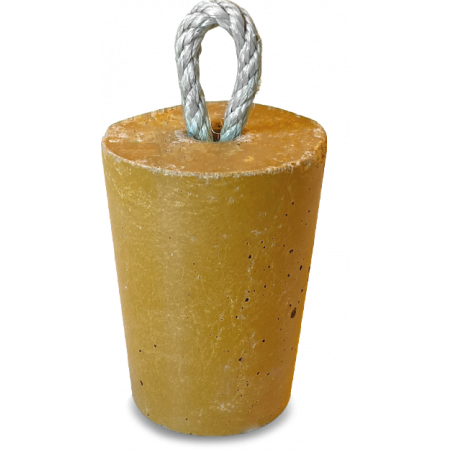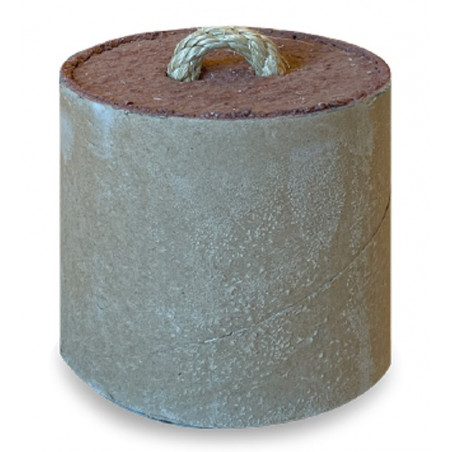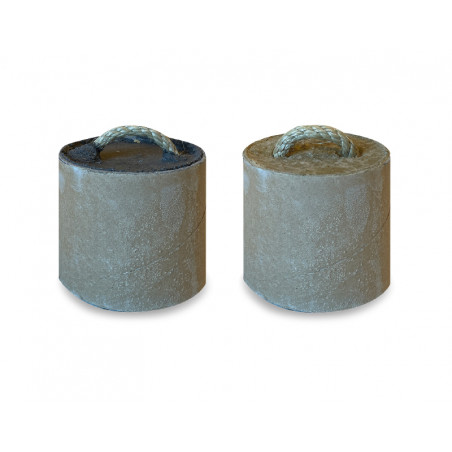There are many possible risk factors causing tail biting among pigs, with several of these related to nutrition. Tail biters are often said to be lighter and thinner than other pigs in the pen, possibly because of nutrition problems such as reduced feed intake or inability to use nutrients efficiently.
A total of 55 pigs between 26 and 83 kg liveweight (LW) were selected according to their tailbiting behavior (bouts/hour) on 2 to 3 consecutive days, including a total of 742 pigs. There were 8 experimental groups depending on tail-biting behaviour and pen-feeding system: tail-biting pigs (TB), victim pigs (V) and control pigs from a tail-biting pen (Ctb) and control pen (Cno) having either free access to feed with limited feeding space or meal feeding from a long trough. After euthanasia, a segment of jejunal cell wall was cut from 50 cm (S50) and 100 cm (S100) posterior to the bile duct. Villus height, crypt depth and villus: crypt ratio (V : C) were measured morphometrically. Blood serum concentration of minerals and plasma concentration of amino acids (AA) was determined.

Villus height was greater in Cno than Ctb pigs in the proximal and mid-jejunum (P<0.05), indicative of better ability to absorb nutrients, and increased with age in the proximal jejunum (P<0.001). Feeding system tended to affect S100 crypt depth (P=0.056) and S100 villus to crypt ratio (P=0.064); free access-fed pigs had deeper crypts and decreased villus to crypt ratio compared with pigs fed meals. Serum mineral concentration of inorganic phosphate (Pi) and calcium (Ca) was lower in Ctb compared with Cno pigs. Many non-essential AA were lower in pigs from tail-biting pens, and particularly in victim pigs.
Free access feeding with shared feeding space was associated with lower levels of essential AA in blood than meal feeding with simultaneous feeding space. Data suggests differences in relation of tail-biting environment and being bitten, being both associated with changes in gut morphology and blood composition of minerals and AA, as a pig in a tail-biting pen is associated with decreased jejunal villus height and blood AA levels, possibly because of depressed absorption capacity, feeding behaviour or environmental stress associated with tail biting. Victim pigs had lower concentrations of AA and Pi in plasma, possibly as a consequence of being bitten. The differences observed might be linked to reduced feed intake (not measured), sickness reaction or a stressful pen environment and differ according to the behavioral role of pigs in a tail-biting pen during the outbreak.
P. A. Palander, M. Heinonen, I. Simpura, S. A. Edwards and A. E. Valros. (2013) Jejunal morphology and blood metabolites in tail biting, victim and control pigs. Animal, 1- 9 doi:10.1017/S1751731113000669






